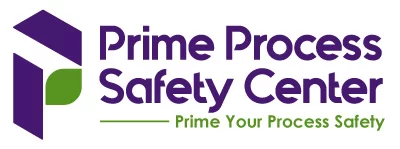Combustible Dust Training: Safety and Compliance
Ensure a safer workplace with comprehensive combustible dust training. Industries handling fine particles like wood, metal, chemicals, and food face significant fire and explosion risks from seemingly harmless dust. Our training provides crucial knowledge to understand these hazards and implement effective safety measures.
This essential training covers the properties of various dust types and the conditions that make them dangerous. Employees will learn about dust generation sources, the science behind dust explosions, and the triggers to avoid, such as ignition sources and poor ventilation. Recognizing the potential dangers is the first critical step toward prevention.
Our combustible dust training also focuses on emergency response and regulatory compliance. Participants will learn proper evacuation procedures, the use of fire suppression systems, and essential first aid. Furthermore, the training provides a thorough understanding of relevant safety regulations and standards, including those from OSHA and NFPA. Compliance is vital for legal adherence and, more importantly, for ensuring operational safety. This training empowers employees to become safety advocates, fostering a workplace culture that prioritizes everyone’s well-being.
Our Combustible Dust Training Program Includes:
- Understanding Combustible Dust: What it is, including materials like wood, metal, chemicals, and grains, and the properties making them combustible.
- The Science of Dust Explosions: The Dust Explosion Pentagon (fuel, oxygen, ignition source, dispersion, confinement) explained with real-world examples.
- Hazard Identification: How to spot combustible dust hazards in the workplace, including dust accumulation, potential ignition sources, and dust cloud formation areas.
- Prevention and Control: Detailed strategies for dust control, including housekeeping, dust collection systems, and minimizing dust leaks.
- Safe Work Practices: Guidelines for safely handling dust-generating materials, equipment operation, and the correct use of PPE.
- Ignition Source Control: Methods for eliminating ignition sources, covering electrical safety, static control, and safe hot work practices.
- Effective Housekeeping: Best practices for preventing dust buildup through safe cleaning techniques.
- Regulatory Compliance: Understanding OSHA, NFPA, and other relevant industry safety standards for combustible dust.
- Training Effectiveness: Assessments to ensure participants understand the key concepts and practices.
- Continuous Improvement: Promoting an ongoing commitment to safety and staying updated on the latest dust hazard control advancements.
Our robust combustible dust training program emphasizes both theoretical understanding and practical, hands-on learning, ensuring employees are well-prepared to manage dust-related risks in their daily work.
Why Choose Prime Process Safety Center for Combustible Dust Training?
Training in combustible dust hazards with our team is vital for professionals in the process industry. Our specialized program addresses the unique and often underestimated dangers of combustible dust in manufacturing and processing environments. By choosing our training, you will gain a deep understanding of the causes and properties of combustible dust, learn industry-specific safety protocols, and develop the skills to effectively identify, assess, and manage these hazards. Our experienced instructors, experts in the latest safety standards and regulations, will provide you with practical, real-world strategies to minimize risks and ensure compliance.

